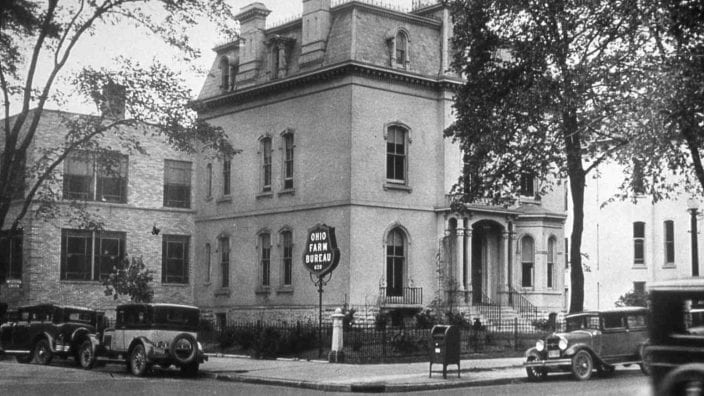Applications for Ohio Farm Bureau Health Plans now available
Members have three ways to apply: contacting a certified agent, calling 833-468-4280 or visiting ohiofarmbureauhealthplans.org.
Read MoreThe role played by county agricultural Extension services agents was a crucial component in the 1919 birth of the Ohio Farm Bureau Federation. The agents were the liaisons between state Extension offices and farmers. In 1914, they also were instrumental in organizing Ohio counties into Farm Bureaus or an improvement association.
Some of those agents found their way into the Ohio Farm Bureau and brought with them the lesson learned in Extension services, which provided necessary organizational infrastructure for the statewide organization.
During World War I, the government provided Extension offices extra money to hire additional county Extension agents with the goal of increasing production to feed Allied troops overseas. One of those agents was H.L. Andrews and his territory included Shelby and Auglaize counties.
In his 1917 field report covering Sept. 1 through Dec. 17, Andrews recounted how he negotiated a deal that would save farmers on the cost for seed potatoes and relayed his efforts at organizing Auglaize County:
“I entered Auglaize and Shelby counties as a special County Agent last spring about the 28th of April. I immediately set to work to find out from the County and Township Food and Crop Commissioners what problems were most dominant and what might be done to increase food production for the year. I made a tour of the two counties by machine [and] talked to the farmers and businessmen concerning food production problems.
“I found out on my travels over the county that the farmers wanted to plant more potatoes if they could be obtained at reasonable rates. Potatoes were selling at $4 and $4.25 per bushel. Farmers said they would not pay that price for seed potatoes and run the risk of not getting a crop.”
[Andrews negotiated with a supplier to sell farmers the potatoes at $2.60-$2.90 a bushel. He also got the local bank to put up the money for them to buy seed, setting the final per bushel price at $3.]
“Potatoes were planted that would have not been planted had not the seed been secured at a more reasonable price than was current at the time.”
Group buying and purchasing was a staple of the Ohio Farm Bureau Federation and its affiliates for many years.
“There were no organizations in the county to work through to get the work accomplished. With direction from headquarters to push organization work for a County Agent in Auglaize County. I made arrangements, held meetings, secured membership to the farm bureau, secured appropriations from the County Commissioners and completed the farm bureau organization.
“The organization work was started about October the first. The farmers did not know what a County Agricultural Agent was and what his duties were. There were no counties near from which they could learn the work of an agent, so their knowledge was very, very limited.
“There was no sentiment for the work. There were no other organizations to work through to create a sentiment. There were no leaders developed to take hold of the matter. This had to be done. Sentiment for an agent had to be created. The work went very, very slowly, but was finally accomplished.
“Seventy-five percent of the county’s population is German and they speak German in their homes. This made the work much harder for they were very suspicious of any new movement, especially any government work. It was hard for those Germans to get the American spirit of the war, and it is hard for them to get the ‘pro’ [Germany] out of them.
“It was under these conditions that Auglaize County was organized, the final meeting being held December 15, with about fifty men present on a day when the thermometer registered twenty below zero.”
The official year of the county bureau’s creation occurred in 1918, and a year later the Ohio Farm Bureau Federation was born.
Material for this article was gleaned through The Ohio State University Archives and the Wapakoneta Daily News of June 20, 1979.
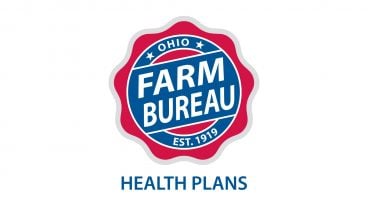
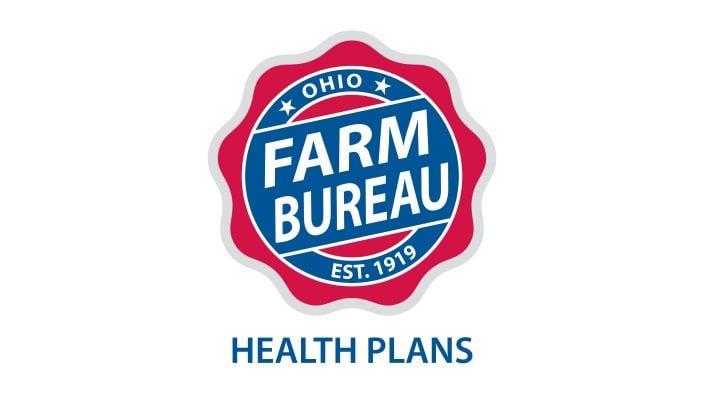
Members have three ways to apply: contacting a certified agent, calling 833-468-4280 or visiting ohiofarmbureauhealthplans.org.
Read More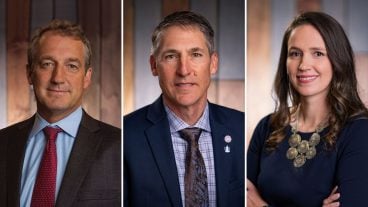
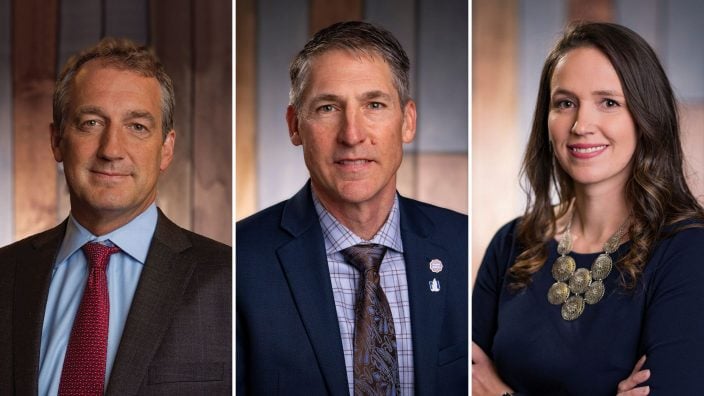
Bill Patterson, Cy Prettyman and Adele Flynn will continue to serve as officers for Ohio Farm Bureau Federation.
Read More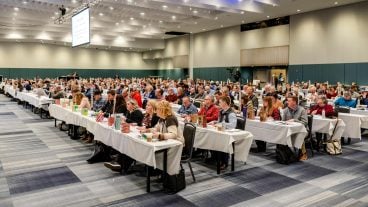
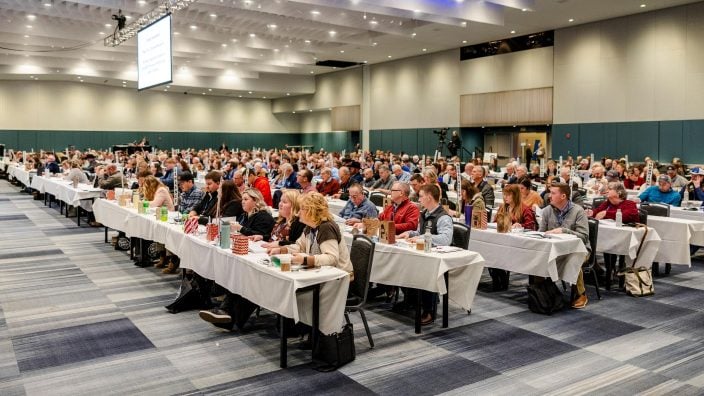
Delegates discussed many topics impacting agriculture including farmland preservation, local foods, and succession planning.
Read More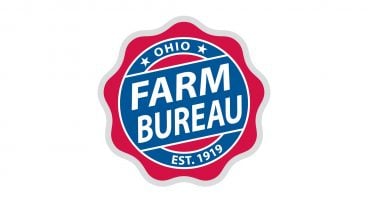
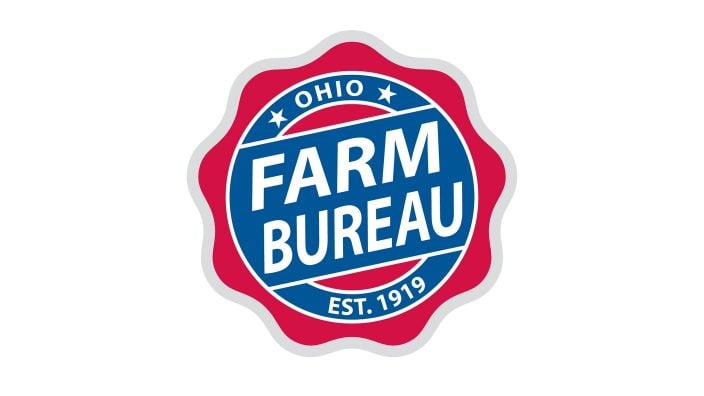
Twenty-six farmers govern the state’s largest farm and food organization.
Read More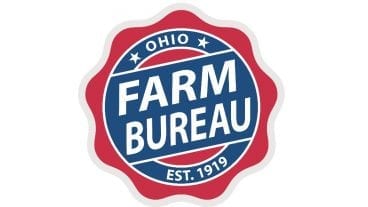
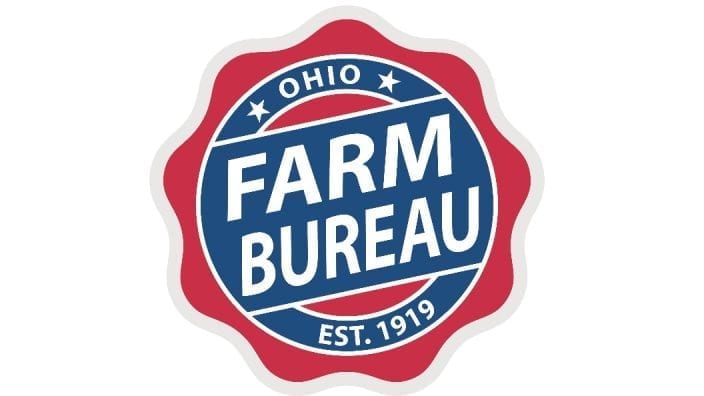
The 2025 recipients are Fred Cooke (posthumous) of Richland County, Marvin Dietsch of Williams County, Steven Knollman of Hamilton County and Michele Miller (posthumous) of Ottawa County.
Read More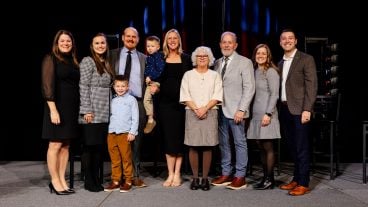
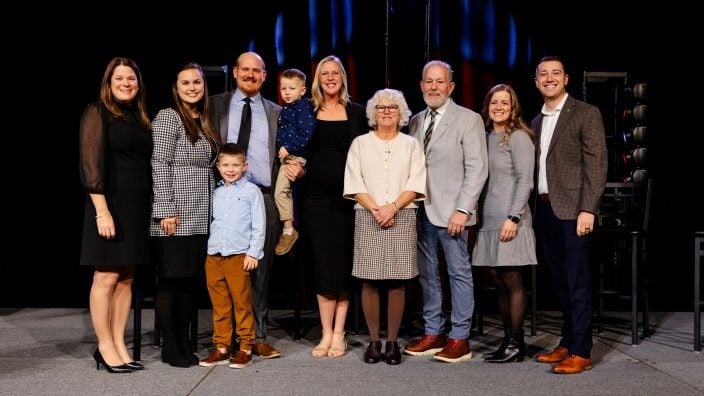
Nathan and Jill Parriman grow seasonal crops, including Christmas trees, pumpkins and cut flowers, providing U-cut experiences that invite customers to engage directly with agriculture.
Read More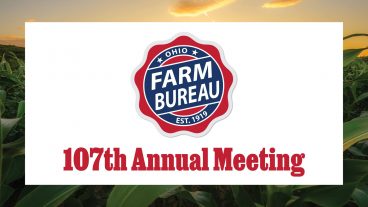
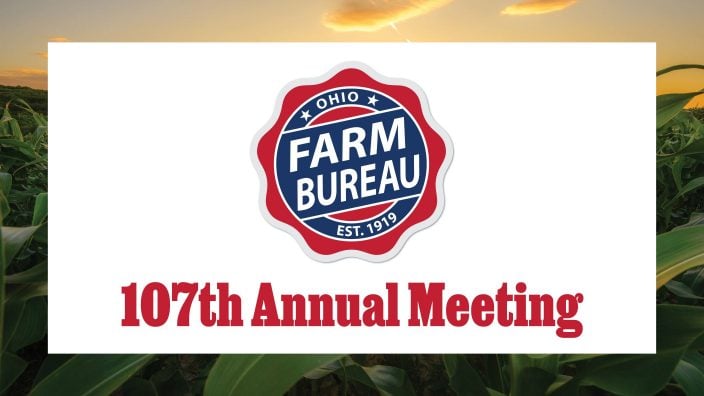
The 2025 Distinguished Service Award recipients are Craig Adams, Mike Townsley, and Kellogg Farms, Kurt Farms and Stateler Family Farms.
Read More
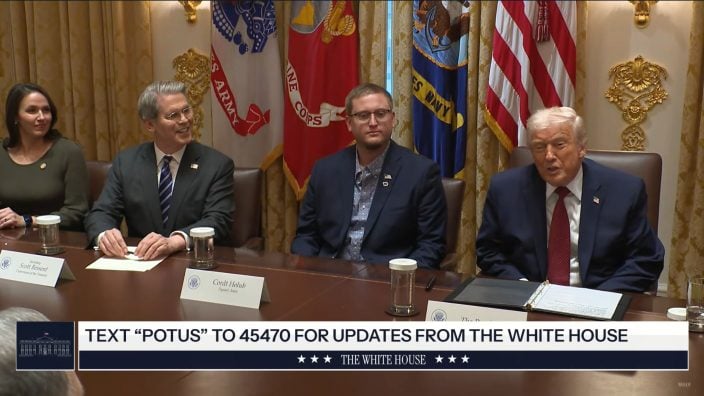
Ohio Farm Bureau Treasurer Adele Flynn participated in the meeting, representing Ohio farmers.
Read More

For Ohio and PJM region, the outlook is reassuring—ample reserves and strong planning should keep the power on.
Read More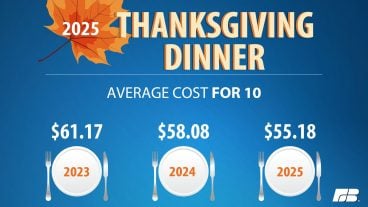
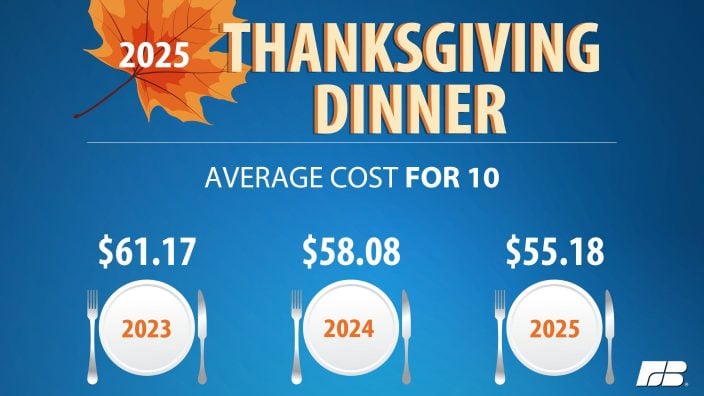
The average price for a classic holiday feast for 10 in Ohio will cost $55.87.
Read More